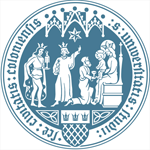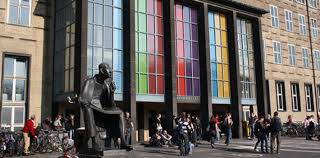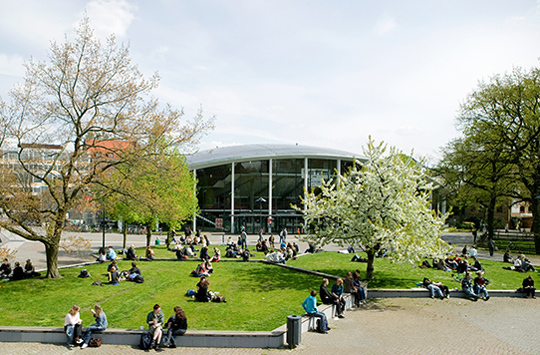
University Of Cologne, Nordrhein-Westfalen, Germany
- Albertus-Magnus-Platz, 50923 Köln, Germany
- http://www.uni-koeln.de/
- [email protected]
Rankings
QS: |
#17 |
TIMES: |
#14 |
US News: |
#18 |
QS: |
#16 |
TIMES: |
#18 |
US News: |
#17 |
ARWU: |
#17 |
QS: |
#16 |
TIMES: |
#17 |
US News: |
#17 |
QS: |
#16 |
TIMES: |
#17 |
ARWU: |
#8 |
QS: |
#16 |
TIMES: |
#17 |
US News: |
#17 |
ARWU: |
#8 |
QS: |
#16 |
TIMES: |
#17 |
US News: |
#17 |
ARWU: |
#8 |
QS: |
#16 |
TIMES: |
#17 |
US News: |
#17 |
ARWU: |
#8 |
Video
About Institution
On 21 May 1388, Pope Urban VI complied with the request of the city of Cologne for its allowance to establish a Studium Generale. On the following 22nd of December, the city pledged to found, maintain and patronize the new universitas – that is, a corporative “community” of teachers and learners – which commenced its lecturing activities on 6 January 1389, the date dedicated to the city’s patron saints, the Three Wise Men (or Kings of the East).
Three universities had already been founded in principalities of the Holy Roman Empire: in Prague (1348) by Charles IV, German king and king of Bohemia, and in Vienna (1365) by Rudolf IV, Duke of Austria – two initiatives that succeeded with some difficulty – as well as in Heidelberg (1386) by Rupert I, Elector Palatine, where a crisis was soon to arise. In that setting, the University of Cologne was not only the first in the Empire to have been fathered by the citizenry, it was also able to hold its own with the two-centuries-older western and southern European universities. Thus it offered an extensive range of studies and, already in its early years, recorded far over 700 enrolments, a quite impressive figure for those times; later on, its student numbers levelled out at around 1,000, albeit with considerable fluctuations.
Campus



Similar Universities



Got a query, Get in touch (+)
Social Media